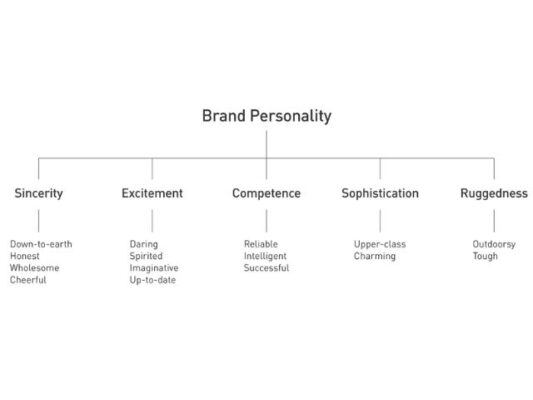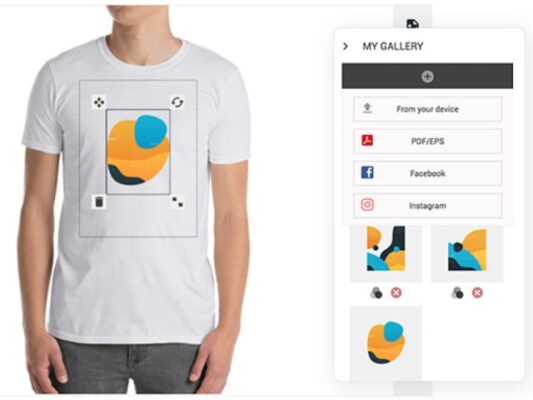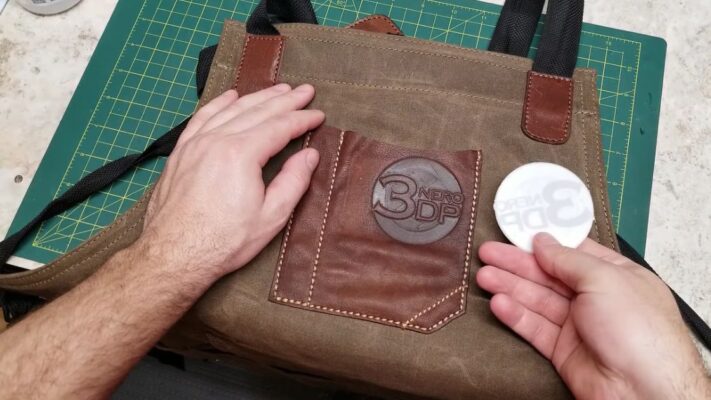Crafting a compelling brand identity is pivotal in the fiercely competitive realm of e-commerce, especially for businesses operating within the print-on-demand (POD) sector. In this article, we explore the critical role of brand identity in POD and provide actionable strategies for creating a standout identity tailored for this niche market.
Contents
The Significance of Brand Identity
Brand identity encompasses the visual, verbal, and emotional elements that define a brand and influence consumer perceptions. In the POD industry, where numerous sellers offer similar products, a strong brand identity is indispensable for several reasons:
- Recognition and Trust: Consistent branding instills confidence in consumers, fostering trust and credibility in the brand’s offerings.
- Differentiation: With a plethora of POD sellers competing for attention, a unique brand identity helps businesses carve out a distinct niche and attract their target audience.
- Brand Loyalty: A well-defined brand identity fosters emotional connections with customers, leading to increased loyalty and advocacy.
- Consistency and Cohesion: A cohesive brand identity ensures uniformity across all touchpoints, reinforcing brand associations and enhancing recall.
How to Create Your Brand Identity in Print on Demand
Define Your Brand Personality
Start by delineating your brand persona, reflecting the personality traits and characteristics that align with your target audience’s preferences and aspirations.

Craft Your Brand Story
Share the narrative behind your POD business, including its inception, core values, and mission. Storytelling humanizes your brand and resonates with consumers on a deeper level.

Design Your Visual Elements
Develop memorable visual elements such as logos, color palettes, and typography that encapsulate your brand persona. Consistently apply these elements across all branding materials for brand cohesion.

Create Brand Guidelines
Establish clear brand guidelines detailing how your identity should be portrayed across various channels and mediums. Include specifications for logo usage, color schemes, tone of voice, and imagery styles to maintain consistency.

Personalize Your Products
Leverage your brand identity to create personalized products that resonate with your target audience. Incorporate niche designs, quirky illustrations, or inspirational quotes to add value and uniqueness to your offerings.

Engage with Your Audience
Foster ongoing dialogue with your customers through social media engagement, responsive customer service, and soliciting feedback. Incorporate customer input into your product development process to enhance brand loyalty and community engagement.

Notes for Creating a Strong and Unique Brand Identity
- Know Your Audience: Understanding your target audience’s demographics, preferences, and pain points is crucial for crafting a brand identity that resonates with them. Conduct market research and gather insights to tailor your branding efforts to their needs and aspirations.
- Stay Authentic: Authenticity is key to building trust and credibility with your audience. Stay true to your brand values and mission, and avoid portraying a facade that contradicts your identity.
- Be Consistent: Consistency is paramount in brand identity. Ensure that your branding elements—such as logo, color palette, and tone of voice—are consistently applied across all platforms and communications to reinforce brand recognition and recall.
- Embrace Storytelling: Use storytelling to convey the essence of your brand and connect with consumers on an emotional level. Share anecdotes, experiences, and values that humanize your brand and make it relatable to your audience.
- Stay Flexible and Evolve: While consistency is important, be open to evolution and adaptation as your business grows and market trends shift. Regularly assess your brand performance, gather feedback, and be willing to refine and iterate on your brand identity to stay relevant and competitive.
In the dynamic landscape of print on demand, a robust brand identity is paramount for success. By defining your brand persona, crafting a compelling brand story, designing cohesive visual elements, and engaging with your audience, you can create a brand identity that resonates with consumers and sets your business apart in the competitive POD market. Invest time and effort into building an authentic brand identity, and reap the rewards of increased recognition, loyalty, and profitability.
Related Posts







